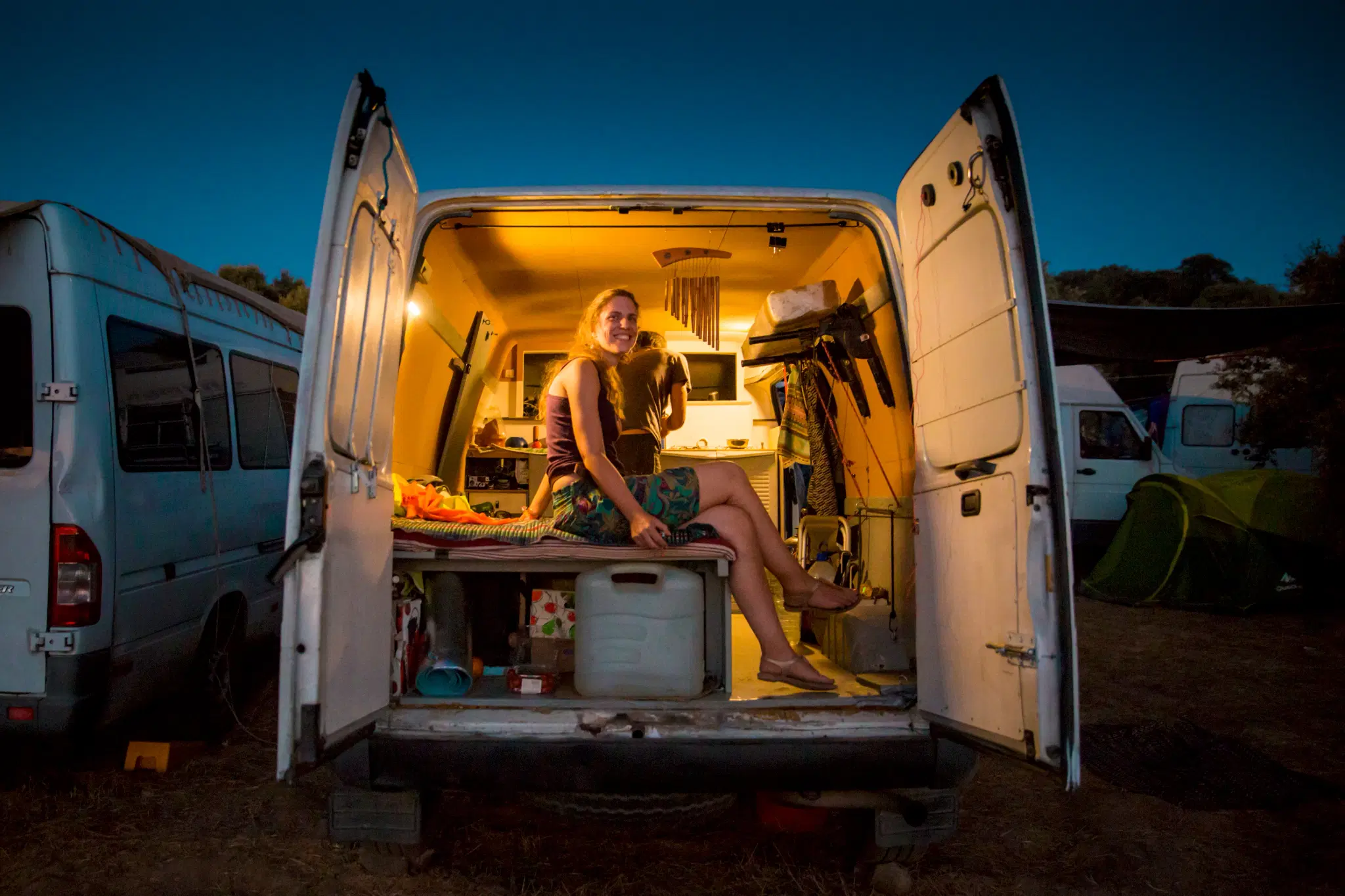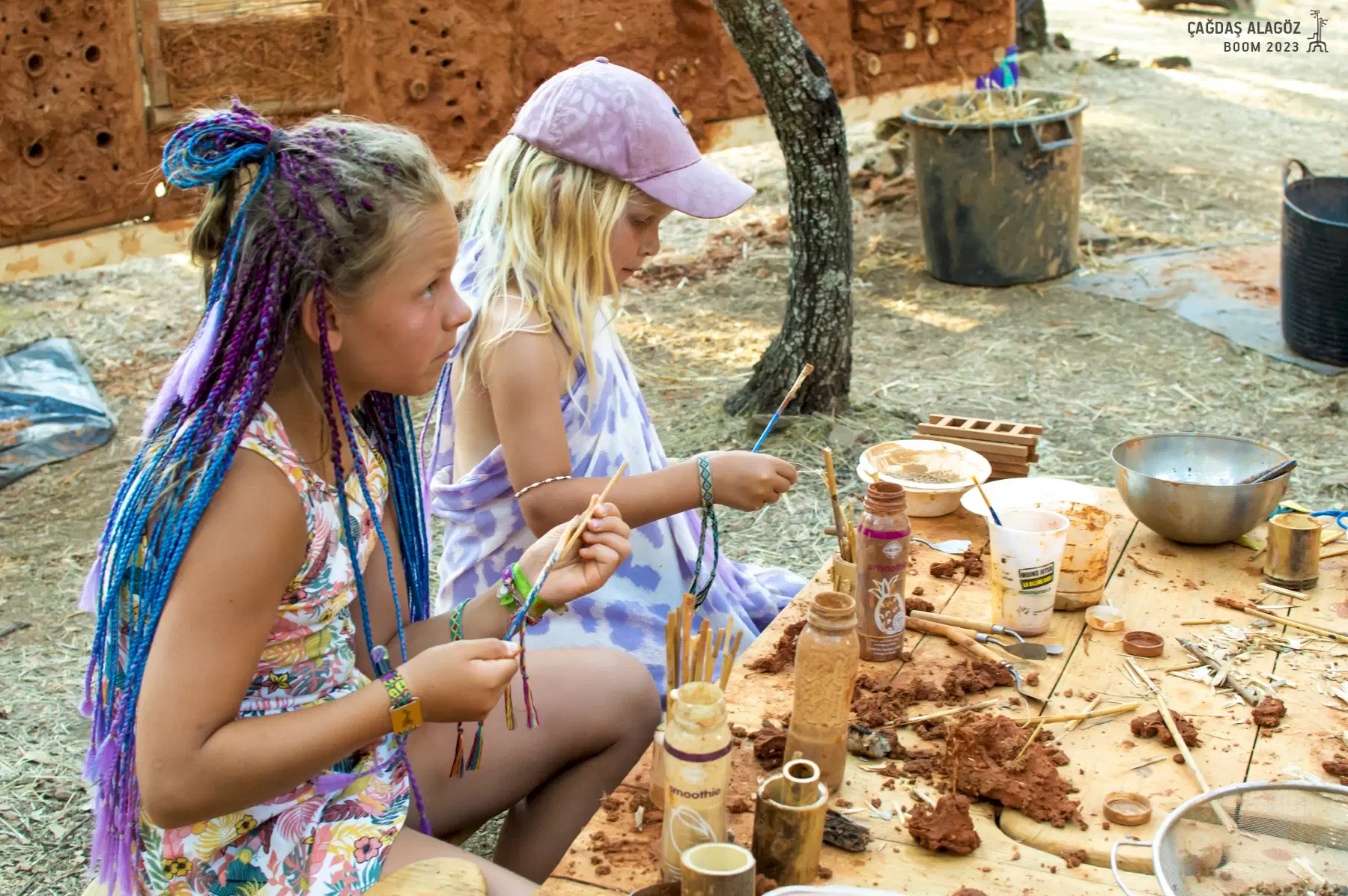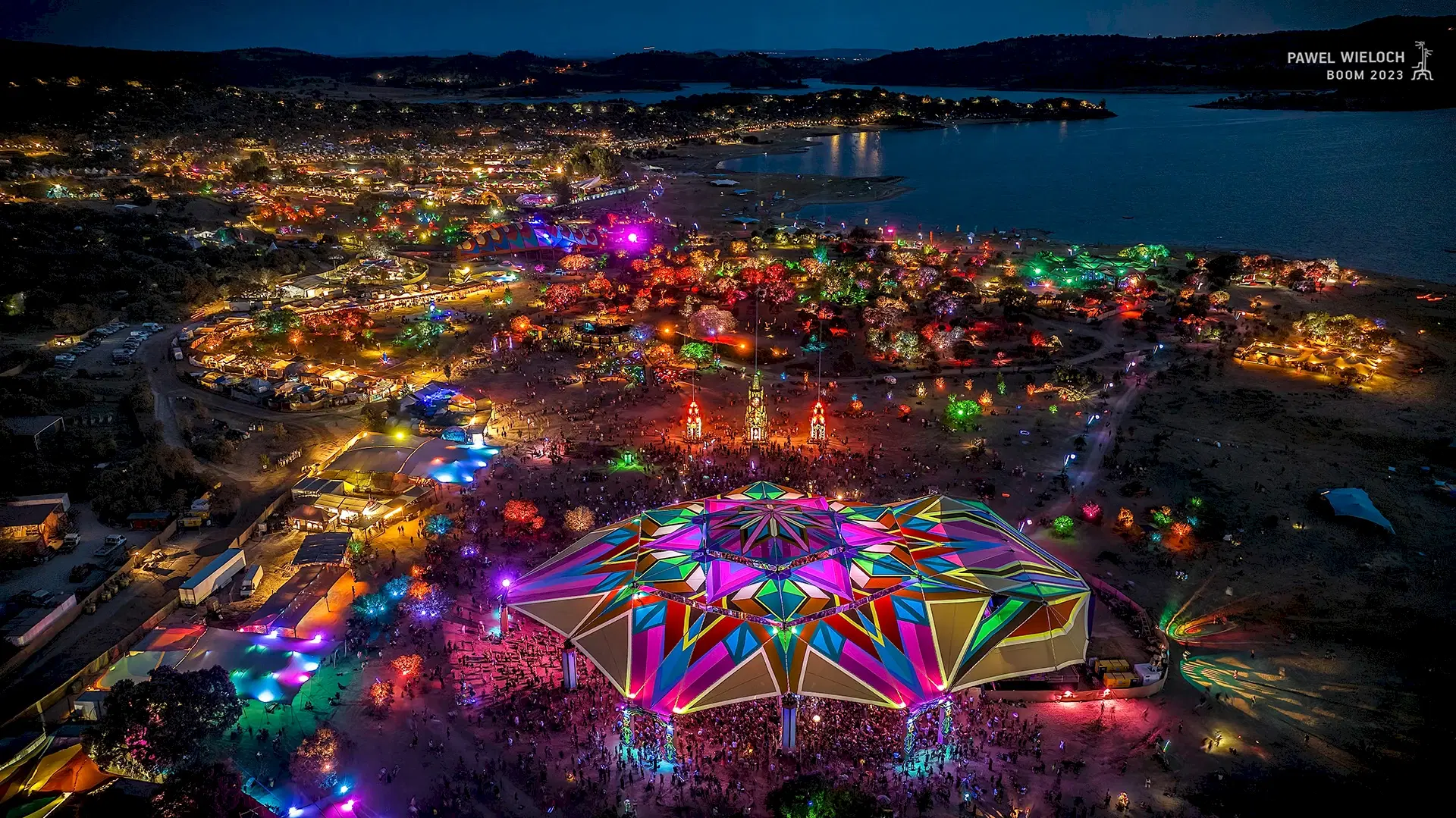Boom Guide
BOOM SURROUNDINGS
A Fascinating Region of Natural Wonders and Ancient Cultures.
A fascinating region of natural wonders and ancient cultures
Portugal has always been the home of travellers. However, in recent years, the country has been hit by an unprecedented phenomenon of mass tourism, impacting in particular, cities such as Lisbon and Porto, places where the negative side-effects of the influx is felt most.
The coastal areas are a popular haunt for many, yet Portugal has much more to offer than seaside resorts or the vibrant culture life of both Lisboa or Porto. So when you come to Boom, be sure to venture off such beaten tracks and check out the countryside where you will be blown away by the diversity of the landscape and the history that goes with it.
BEIRA BAIXA: WHERE BOOM TAKES PLACE
Boom, situated in the district of Idanha-a-Nova, falls into the region of Beira Baixa. The region is known as 'the centre of Portugal' because it stretches from the shores of the Atlantic Ocean to the borders of Spain.
The area surrounding Boomland itself is a remote, well-preserved region of rugged countryside, castles, stone cobbled villages, hot springs, the Tagus River, the idyllic parish of Monsanto and so much more.
Find out more about this fascinating region steeped in history and culture, and then consider exploring it either pre or post-Boom.
NEAREST VILLAGE: IDANHA-A-VELHA (Old Idanha)
Step back in time when you enter Idanha-a-Velha (pronounced ‘velya’) - a pretty little village located just a couple of kilometres from Boomland. Idanha-a-Velha is known to be one of Portugal’s oldest villages.
Founded by the Romans, it was descended upon by civilisations including the Visigoths, Moors and the Order of the Knights Templar, all of which have left a trace of their presence.
So from the cathedral with its great collection of Roman inscriptions, to the ruins of the ancient walls, and to the tower of the Templars, a dramatic historic backdrop juxtaposes the humble lives of the small Portuguese population residing within this enchanting village.
NEAREST TOWN: IDANHA-A-NOVA (New Idanha)
Idanha-a-Nova is the closest town to Boomland. It's where you will find all your basic commodities, including ATM machines, shops and a supermarket.
It’s challenging to pinpoint the origins of this town, however, it has been assumed that the construction of the castle in 1187 by the Order of the Knights Templar is a prominent landmark.
MUST-SEE: MONSANTO
If you have the chance to visit just one place outside of Boom, then make it Monsanto!
Nestled atop a mountain 758 metres above sea level, Monsanto is situated just 18 km from Boomland.
This magnificent site towers over the whole region and will amaze even the most seasoned traveller. Gigantic stones from the Paleolithic era characterise this ancient wonderland.
These fascinating stones offer shelter to the locals who have devised some of the most ingenious methods for building their homes amidst them.
For some, the mysticism of Monsanto is like Europe’s answer to India’s Hampi - and the closest you could ever get to such an enigmatic vibration on this side of the world. Take a walk up to the fortress on top of the mountain at sunset to reflect, meditate, breathe in and appreciate the surrounding beauty.
PENHA GARCIA: THE TRILOBITES TOWN
Situated just 30 km from Boom, Penha Garcia is an impressive site and this is thanks to the way it towers so majestically over a breathtaking valley famous for its 480 million year old trilobite fossils.
The town itself was once an ancient fortress. From the top, you can take in the stunning views of the valley, the River Ponsul, its ancient mills, small waterfalls and a fresh natural swimming pool.
WHERE TO STAY
There are some fantastic places to stay in this inspiring, historic region. A simple online search of accommodation in surrounding villages should help guide you along the way.
NATURAL HERITAGE
The landscape speaks a language of its own. Here you will witness vast swathes of terrain changing colour with the seasons.
The breathtaking natural environment is populated by a diverse fauna of deer, foxes, hares, wild boar and several species of rare birds.
Meanwhile, the flora contains plants such as holm oaks, olives, cork-oaks, pine trees, oaks and rosemary to name just a few.
GEOPARK NATURTEJO
Boom is situated within the stunning perimetres of Geopark Naturtejo.
It forms part of the Global Network of National Geoparks created by UNESCO: a place where its geological heritage is connected to broader aspects of the natural and cultural environment, often determined by geology and landscape.
HUMAN LANDSCAPE
The human history of this region has fascinated anthropologists for many years. The Lusitanos were one of the first civilisations to reside here and one of the first to ever live on Portuguese terrain.
Later came the Romans, Suebi, Visigoths, Moors, Christians, Jews and the Knights Templar. From ancient temples, cathedrals and castles, to Jewish neighbourhoods and fortresses: each of these civilisations have left behind their mark throughout this region.
In fact, in this mountainous region, a habitat of small towns coexisted intimately with Mother Nature. Some of them have resisted winds of historical change and remain as living proof of times past, forming a fascinating circuit of historical villages.
In this region you will find architectural records which depict the ancient tradition of the Iberian Peninsula's peaceful coexistence between Muslims, Jews and Christians.


